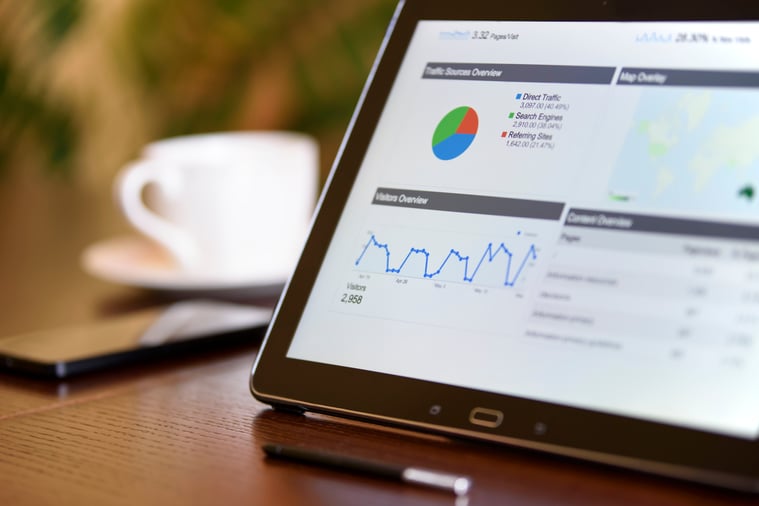
It's a fact of life that well-merchandised products sell better than those that are simply placed on the shelves. Field marketing managers work hard to get their products positioned prominently in the store so consumers can easily find them. Better still, they get their products featured in some way so that they stand out above the competition. But none of that does any good if the shelves are disorganized, the products are misplaced, or, worst of all, the shelves aren't stocked!
So, companies have to send merchandisers into retail outlets to ensure their products are available, presented well and granted the most favorable position possible. Having these feet on the street can help boost sales significantly, but boy can it also cut into margins!
Here are some retail merchandising tips to help make sure you get the biggest bang for your buck on your merchandising investment:
1. Use Your Representatives to Be Your Eyes and Ears
Merchandisers’ primary job is to make sure products are available and attractive to the customer, but their regular presence in the store can do much more for companies than just that. Reps can also spot competitive activity, validate that promotions are running as planned, capture customer behavior data and more. If reps are equipped with an easy-to-use merchandising tool that prompts them to gather specific information - and if that tool instantly delivers the data to managers — brands will be able to assess, design and implement the most effective retail merchandising plan for their product and market. It will be as if managers can personally visit every store in their network.
2. Hire Merchandising Representatives With Strong Personalities
It’s often up to reps to work with store managers to resolve problems with shelf space, presentation or other issues that impede sales. While a wallflower might have a careful eye for detail, he or she might not have the strong personality or negotiating skills they need to succeed. The most effective merchandisers are tireless brand advocates who can not only manage the shelves, but also build lasting relationships with retailers.
3. Don’t Burden Reps With Paperwork and Reports
To get the most out of your field team, make sure every rep has the merchandising tools they need to be able to spend 100 percent of their time focused on value add tasks — not filling out activity reports. The best merchandising organizations leverage mobile tools that eliminate paperwork from the equation, automatically logging data as reps complete activities. That way, not are merchandisers able to do their jobs easier in the field, but managers can get insight in real-time without wasting time assembling and analyzing disparate reports.

4. Harness the Power of Photos
When merchandising managers encourage their reps to take photos of the issues they find and the results they produce, two things happen. First, they get photographic evidence of problems on the shelf that they can use to get those issues corrected. Second, reps are held accountable for producing quality work they’ll be proud to show their managers. All smartphones have cameras, and there are great merchandising tools that make it very easy for reps to attach photos to specific store visits. As a result, an action that takes just a few seconds for the rep can significantly improve display effectiveness.
5. Hold Your Reps Accountable
Even the best retail merchandising plans are only valuable if they are actually executed. Working remotely, it can be difficult for field teams to stay connected to their brand’s culture of excellence, especially when reps are making several site visits every day. Equipping representatives with the right retail merchandising tools not only helps them do their job easier, but also keeps them connected to the entire field team. This transparency boosts morale and helps keep reps accountable for their work, since they have a constant reminder that their role is integral to the success of the entire brand. The best tools log activity, time and location information in the background, improving both accountability and data collection without distracting merchandisers from the tasks at hand.
Together, these retail merchandising tips can help companies get the most out of their merchandising investment. By hiring strong reps and outfitting them with tools that make it easy to collect meaningful, relevant information about in-store conditions, brands can make sure their products are always presented perfectly.




.png?width=480&height=252&name=PRESS%20RELEASE-2%20(4).png)

